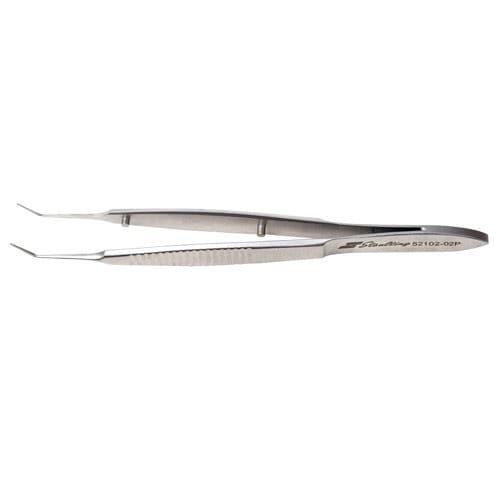
- Veterinary medicine
- Veterinary surgery
- Veterinary forceps
- Stoelting Europe
Veterinary forceps 52102-01 tissue graspingablationgrasping
Add to favorites
Compare this product
fo_shop_gate_exact_title
Characteristics
- Applications
- veterinary
- Procedure
- tissue grasping, ablation, grasping
- Design
- Adson, Foerster, Lower
- Material
- titanium, stainless steel
Description
Micro tweezers are useful in a variety of different applications. Common uses include micro dissection of tissue and vessels, and processing tissue in electron microscopy procedures.
Micro tweezers come in a wide variety of tip sizes, shapes, and materials. To choose the best tweezers for your application keep in mind the size of the animal and/or tissue you are working with. The type of cleaning and sterilization you require may affect the material you choose. For example, if you require autoclaving and you are working under a microscope on a mouse the thinnest-tipped forceps made of stainless steel, titanium, Dumostar, INOX, and Dumoxel are good choices.
Carbon steel instruments may not be the best choice for use where there is constant exposure to water. If not handled properly, carbon steel is likely to rust if exposed to water for a length of time. Though not recommended, flash flame decontamination could be used on carbon steel tweezers because this material is less likely to be damaged by high heat. The extreme heat from flash flame decontamination changes the molecular structure of most material adversely. High heat softens metal and shortens the useful life of instruments. Consider another method of decontamination where lower heat levels can be applied to keep your instruments useful for many more years.
Catalogs
No catalogs are available for this product.
See all of Stoelting Europe‘s catalogsRelated Searches
- Surgery forceps
- Grasping forceps
- Stainless steel forceps
- Tissue grasping forceps
- Veterinary anesthesia machine
- Ablation forceps
- Clamp forceps
- Toothed forceps
- Veterinary forceps
- Trolley-mounted veterinary anesthesia workstation
- Veterinary instrument kit
- Tabletop veterinary anesthesia machine
- Induction chamber
- Adson forceps
- Titanium forceps
- Rodent induction chamber
- General surgery veterinary instrument kit
- Animal research veterinary anesthesia workstation
- Halstead forceps
- Anesthesia induction chamber
*Prices are pre-tax. They exclude delivery charges and customs duties and do not include additional charges for installation or activation options. Prices are indicative only and may vary by country, with changes to the cost of raw materials and exchange rates.

